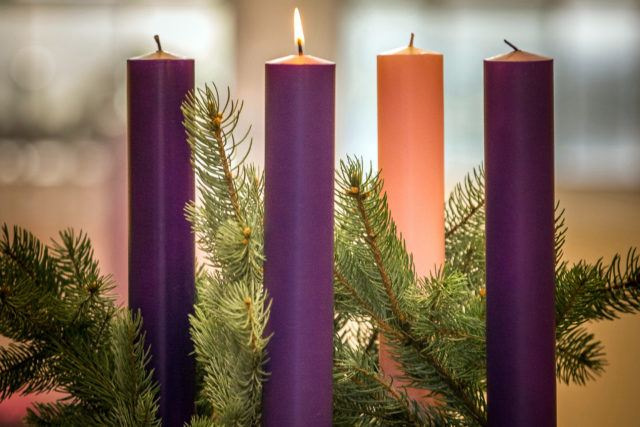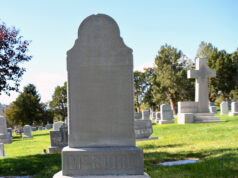
If you were mourning a loved one during the holidays 30 years ago, you may have hung a special ornament on your tree, placed a wreath on their headstone at the cemetery or remembered them during a religious service. The grief process was likely limited to close friends and family and done inside your home in a private manner.
But today’s shift to ‘communal grieving’ is making the grief journey more open and public. Yes, this is due in part to social media but also because of the growth of grief support programs like Hope for the Holidays, a Delaware grief outreach event for those struggling with getting through the holidays while still grieving the death of a loved one.
From Solitary to Social Media
Spicer-Mullikin Funeral Homes & Crematory recently marked the 30th year of its ‘Hope’ event, held annually in early December, and looked back on how the grief journey has changed since 1989:
- At the first Hope program, close to 100 people attended, an organist played and speeches of comfort were given. But once the program was over, participants wouldn’t have seen each other again or kept in touch. It was a more solemn and solitary experience.
- Fast forward to 2019, more than 300 people attend the annual Hope program, a string trio performs and therapy dogs greet visitors. But the most significant change is that attendees often keep in touch afterward through Spicer-Mullikin’s Facebook page, or through one of the funeral home’s monthly support group meetings.
“We’ve moved to a communal type of grief journey, where friends, family and even strangers grieve together and support each other,” said Matthew C. Smith, owner and licensed funeral director for Spicer-Mullikin.
Three decades ago, obituaries were only found in newspapers, no one dared take pictures at a funeral service, the dress code was black, and the attendees were family and friends who lived locally, Smith said.
Today, obituaries are posted online, there are “no selfies” photo guidelines for funerals, vibrant colors are worn during life celebration ceremonies and, due to the impact of social media, people become online “friends” and continue to share their grief journey through posts and blogs.
“Our Facebook page has grown to more than 9,000 followers since 2014,” said Smith. “People want a place where they know others understand what they are going through, and social media has enabled that to happen.” Spicer-Mullikin’s Pinterest boards have also grown extensively over the past few years with pins about comfort food, funeral attire, remembrance journals, memorial jewelry and green burials, to name a few.
Finding Comfort in a Mix of Blogs and Tradition
In addition to Facebook, the Spicer-Mullikin website includes blogs that help mourners manage their grief: topics range from how to recognize grief vs. depression, to where to find a support group for widows or for those who have lost a loved one to addiction (one of the newer and distinctly sudden forms of overwhelming grief).
Even through decades of change, Smith reassures the families he serves and those attending the “Hope for the Holidays” event that the foundation of the program “ … has been, and will always be, the personal touches that make the support program so special.” For 30 years, the program has included the reading of the names, lighting of the candles, and personalized Crystal Angel ornament with your love-one’s name. Those cherished components remain unchanged regardless of the growing size of the support community attending.
“Who knows how we’ll celebrate our deceased loved ones in the next 30 years,” said Smith. “But Spicer-Mullikin will always ensure that Hope for the ‘Holidays’ will be a program and place that those who are grieving will feel like they are home with people who understand what they are going through.”









